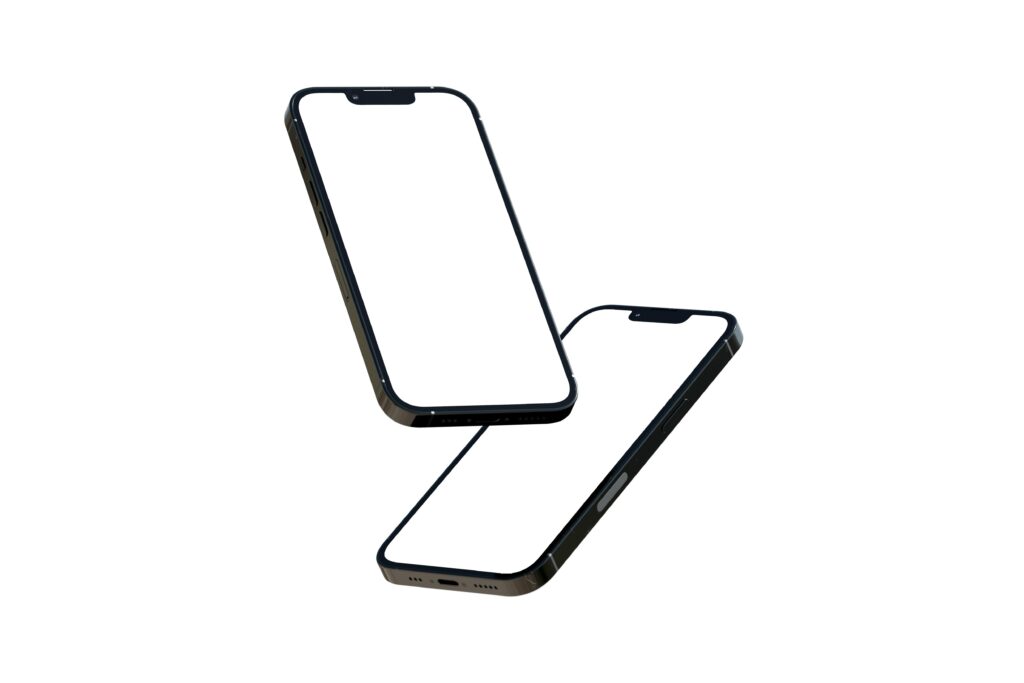The global smartphone industry has undergone a massive shift in the last decade, with Chinese brands emerging as dominant players. Gone are the days when Apple and Samsung ruled unchallenged—today, companies like Huawei, Xiaomi, Oppo, Vivo, Realme, and Transsion (Tecno, Infinix, Itel) are capturing market share across Asia, Africa, Europe, and Latin America.

This rise wasn’t accidental. Chinese smartphone manufacturers have leveraged strategic pricing, rapid innovation, localized marketing, and aggressive expansion to outperform established rivals. In this deep dive, we’ll explore exactly how they achieved this dominance, the challenges they face, and what the future holds for these brands.
1. Affordable Pricing: Disrupting the Smartphone Market
Why Budget Phones Changed the Game
Chinese brands didn’t just compete—they rewrote the rules of smartphone pricing. While Apple and Samsung focused on premium flagships, Chinese companies targeted the mass market with high-quality devices at half the price.
How They Keep Costs Low
1. Local Manufacturing & Supply Chain Control
- Most Chinese brands manufacture phones in Shenzhen, Dongguan, and other tech hubs, reducing labor and logistics costs.
- Vertical integration allows them to control production from components to assembly, unlike Apple, which relies on Foxconn.
2. Direct-to-Consumer Sales & Online Focus
- Xiaomi’s flash sales model cuts retail markups by selling primarily through e-commerce.
- Realme and Poco rely on Amazon, Flipkart, and AliExpress to reach global buyers without physical stores.
3. Using Local Suppliers Instead of Importing
- Instead of relying on Samsung displays or Qualcomm chips, brands like Oppo and Vivo use BOE screens and MediaTek processors, avoiding import taxes.
Impact on Emerging Markets
- In India, Xiaomi became the #1 brand by offering Snapdragon-powered phones under $200.
- In Africa, Tecno and Infinix dominate with long battery life, dual SIMs, and low-cost 4G phones.
- In Latin America, Motorola (now owned by Lenovo, a Chinese company) leads with budget-friendly models.
2. Innovation: Beyond Cheap Phones
How Chinese Brands Went from Copycats to Leaders
Early Chinese smartphones were seen as iPhone clones, but today, they lead in camera tech, fast charging, and foldable designs.
Breakthrough Technologies
1. 5G & Chip Development
- Huawei was the first to launch a 5G phone (Mate 20 X 5G in 2019).
- Despite U.S. sanctions, Huawei developed its Kirin chips, reducing reliance on Qualcomm.
2. Camera & Display Innovations
- Oppo pioneered periscope zoom (used in Huawei’s P30 Pro).
- Xiaomi introduced 200MP cameras in mid-range phones.
- Vivo developed under-display fingerprint sensors and selfie cameras.
3. Charging & Battery Tech
- Realme launched 150W fast charging (0-100% in 15 minutes).
- Xiaomi demonstrated 200W HyperCharge, far ahead of Samsung and Apple.
4. Foldable & Flexible Displays
- Huawei Mate X3, Xiaomi Mix Fold 2, and Oppo Find N2 now rival Samsung’s Galaxy Z Fold.
R&D Spending: The Secret Behind Innovation
- Huawei invests 22% of revenue in R&D (higher than Apple or Google).
- Xiaomi files over 3,000 patents yearly in camera and battery tech.
3. Marketing Strategies: How Chinese Brands Win Customers
Localized Campaigns That Work
Instead of generic ads, Chinese brands tailor marketing to regional preferences.
1. Celebrity & Influencer Partnerships
- Oppo & Vivo sign Bollywood stars in India (Deepika Padukone, Ranbir Kapoor).
- Realme collaborates with e-sports gamers for youth appeal.
2. Viral Social Media Campaigns
- Xiaomi’s “Mi Fan Festival” breaks sales records with limited-time discounts.
- Tecno’s #UnstoppableAfricans campaign highlights local success stories.
3. Offline Retail Domination
- Oppo & Vivo have 500,000+ stores in India alone—more than McDonald’s globally.
- Huawei partnered with European carriers to boost premium sales.
4. Global Expansion: Entering New Markets
How Chinese Brands Conquered Different Regions
| Region | Dominant Brand | Strategy |
|---|---|---|
| India | Xiaomi (No. 1) | Online sales, budget phones |
| Africa | Tecno, Infinix | Long battery, low-cost 4G |
| Europe | Huawei, Xiaomi | Premium designs, 5G focus |
| Latin America | Motorola (Lenovo) | Carrier partnerships |
Challenges in Western Markets
- Huawei’s U.S. ban (no Google services) hurt global sales.
- Xiaomi faces scrutiny in India over alleged tax evasion.
5. The Future: What’s Next for Chinese Smartphone Brands?
1. Beyond Smartphones: AI, EVs, and Smart Homes
- Xiaomi now makes electric cars (SU7 sedan).
- Huawei develops HarmonyOS to replace Android.
2. Battling Apple & Samsung in the Premium Segment
- Oppo Find X6 Pro and Xiaomi 13 Ultra compete with iPhone 15 Pro.
- Foldables will be the next battleground.
3. Sustainability & Ethical Concerns
- Brands face pressure over supply chain labor practices.
- E-waste recycling programs are being introduced.
FAQ Section
Q1: Which Chinese brand sells the most phones globally?
- Xiaomi leads in shipments outside China, followed by Oppo and Vivo.
Q2: Why are Chinese phones so much cheaper?
- Local manufacturing, efficient supply chains, and online sales reduce costs.
Q3: Do Chinese phones have Google apps?
- Most do, except Huawei phones released after 2019 (due to U.S. sanctions).
Q4: Are Chinese phones good for gaming?
- Yes—brands like Redmi and Realme offer 120Hz screens, vapor cooling, and gaming modes.
Q5: How long do Chinese brands provide software updates?
- Xiaomi & Oppo now offer 4 years of updates (closing the gap with Samsung).
Conclusion
Chinese smartphone brands dominate by combining affordability, innovation, and aggressive marketing. While challenges like U.S. sanctions and brand perception remain, their adaptability and R&D investments ensure long-term growth.
The next decade will see even fiercer competition as they push into AI, foldables, and electric vehicles—forcing Apple and Samsung to innovate faster.
Would you like additional case studies or market data on any section? I can expand further with specific brand strategies or regional analyses. Let me know!
